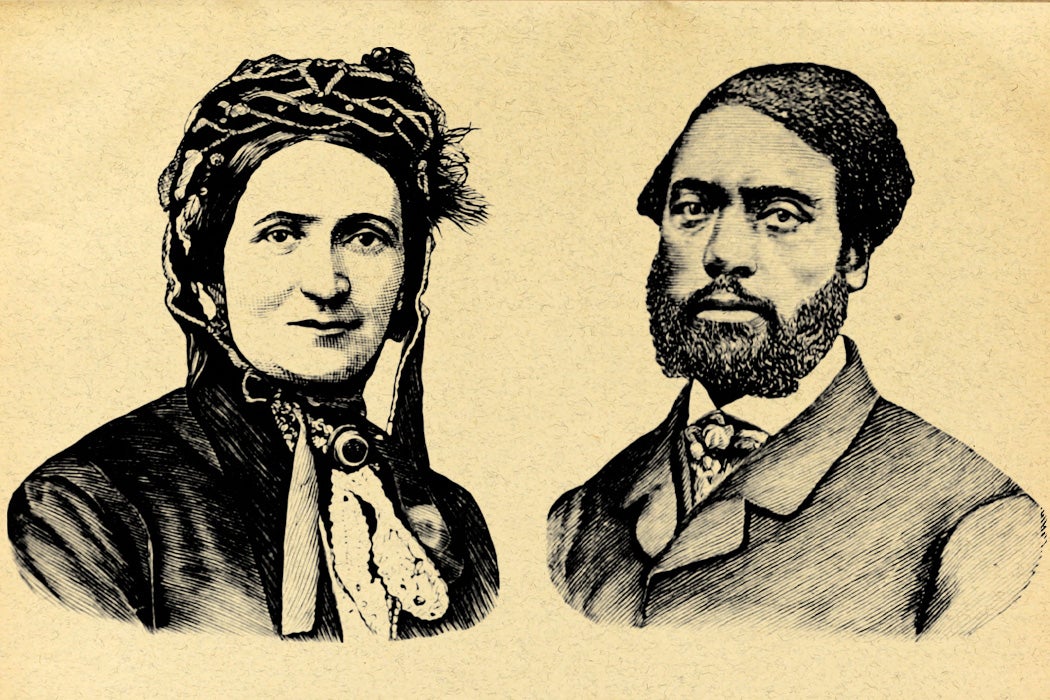Racial passing is in the news with the case of Jessica Krug, a white academic who claimed several Black identities throughout her professional career. The phenomenon of white people putting on different backgrounds is widespread—for example, as shown in well-documented cases of white people claiming Native American ancestry. But passing for Black seems, well, different.
One reason for that may be that the idea of passing has historically been linked to Black people passing for white. Scholar Martha J. Cutter, digging into “the early history of racial passing,” argues that it originated in advertisements offering rewards for captured runaway slaves starting in the mid-eighteenth century, decades before the American Revolution.
“The archive suggests that while laws from state to state and in different time periods varied, the idea of an enslaved individual from a black family heritage deliberately passing for white was frequently configured as duplicitous and even incendiary,” she writes.
Cutter notes that such racial passing could “constitute a challenge” to a racial ideology based on white superiority and Black inferiority. With Blackness defined as the existence of a single Black ancestor, race was also supposed to be fixed and immutable, a status that could never change.
Yet, as Cutter shows, it was not uncommon for those who ran away from slavery to be described as being able “to pass” or “pass for” various states of other-than-Black, including Native American, other nationalities, and “white” or “almost white.” One Alabama slave owner took out an ad for the return of a woman he called Fanny, who freed herself in 1845. She was “as white as most white women,” the ad read.
Cutter has many other examples of this “category crisis” in such advertisements. Blackness meant slavery, down through generations, and Blackness was the rationale for being enslaved, “no matter how white-looking” the person. “A legal status as slave trumps a white appearance.”
“May easily pass for a white man,” read a 1770 Maryland advertisement for a self-emancipated “light mulatto man.” “Will no doubt endeavor to pass for a white boy,” went an 1857 advertisement for a twelve-year-old child named Walter, who ran away from a Georgia plantation. The ads were full of qualifiers—may/might/would/could—as if enslavers were unsure of how intentional passing could be. Other ads were more definite: The escapee will definitely pass.
“Looking over these documents in an era that acknowledges that racial identity is (in large part) performative, one sees all kinds of agency in these passing dramas,” Cutter writes, while noting that some advertisers “appear more befuddled about to what extent their property is capable of using and manipulating the conventions of racial and class identity toward a performance that enables their freedom.”
Weekly Newsletter
The self-emancipated could also pose as married, since marriage among slaves wasn’t legal. And in a famous 1848 case, Ellen Craft pretended to be white and male, while “her darker-skinned husband, William, escaped with her by passing as her slave.”
“These early documents,” writes Cutter, “therefore foreshadow many contemporary perplexities about the implications of racial passing and the definition of racial identity—questions that have not vanished in our own era.”
Support JSTOR Daily! Join our new membership program on Patreon today.







